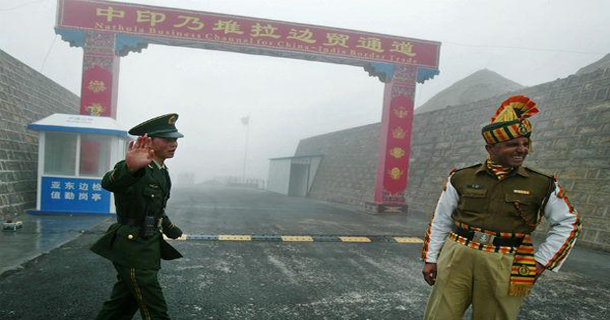The border conflict between India and China took a drastic turn this month when China slammed Japan for calling Arunachal Pradesh a part of India. Aranachal Pradesh is a disputed region on the border between India and Chinese-occupied Tibet. The Chinese reaction came when Japanese Foreign Minister Fumio Kishida said that Japan was ready to invest in infrastructure projects in India’s landlocked north-east, but it would not invest in Arunachal Pradesh, although it did see the state as part of India.
China disputes the entire territory of Arunachal Pradesh, calling it “South Tibet” and saying it is part of the Tibetan Autonomous Region (TAR), especially Tawang, a key site for Tibetan Buddhism. This historic town briefly fell into Chinese hands during their 1962 war, before Beijing retreated. China regards the McMahon Line (the designated border agreed between Tibet and British-occupied India 100 years ago – China was present at the negotiations but did not sign the resulting treaty) as illegal and claims areas in the north-east along the line as Chinese territory.
Chinese foreign ministry spokesman Hong Lei said, “We are seriously concerned about this and have lodged serious representation with the Japanese side. We hope Japan can fully understand the sensitivity of China-India border issues and respect the efforts that both sides have taken to resolve the disputes through negotiations.” Hong added that China and India are trying to resolve the boundary question in a manner that is fair, reasonable and acceptable to both sides.
Tensions between China and Japan have risen in recent years, fuelled by a row over a chain of uninhabited islets in the East China Sea. However, Japan has refused to intervene in this border dispute. A Japanese Foreign Ministry spokesman said that “the statement was made considering that Arunachal Pradesh state is basically, and in reality controlled by India and that China and India are continuing negotiations over the border dispute”. He added that Japan hopes that the dispute will be peacefully resolved by negotiations between the two countries.
The Central Tibetan Administration has said that “there is no Sino-India border”. Former Kalon Tripa (Prime Minister) Prof Samdhong Rinpoche said, “Tibet is intertwined with the boundary problem between these two countries. There needs to be a political will in both India and China to resolve the boundary dispute.”
While such conflicts arise from time to time, the Indian central government has decided to set up at least 54 new border out-posts of the Indo-Tibetan Border Police (ITBP) along the International Border with Tibet in Arunachal Pradesh. This move comes as a result of the frequent reports of incursions by the People’s Liberation Army of China into Indian territory. The ITBP has also sought dedicated aerial back-up support to intensify vigil along the border. Indian Prime Minister said in the run up to his election last year “Arunachal Pradesh is an integral part of India and will always remain so. No power on earth can snatch away Arunachal Pradesh”.






 Print
Print Email
Email